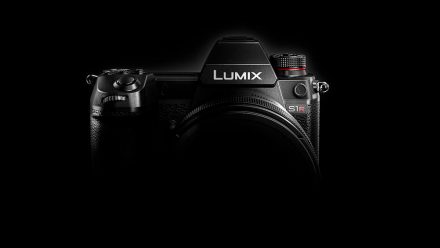Sony FX30 Revealed: Reinventing APS-C Mirrorless Video & Cinema Cameras
The Sony FX30 has arrived and it’s a literal game-changer. Sony has delivered one of the most compelling cameras of the year with the Sony FX30. Read on for more.
The Sony FX30 hasn’t been released to replace anything in Sony’s existing APS-C mirrorless range, but arrives with a surprising set of upgrades for video, offering a genuine cinema camera for the smaller format including a 6K sensor that delivers 4K 4:2:2 10-bit in a super-compact frame and with immediate access to Sony’s wide range of quality lenses. It’s being introduced by Sony as ‘a brand-new 4K Super 35 camera for future filmmakers.’
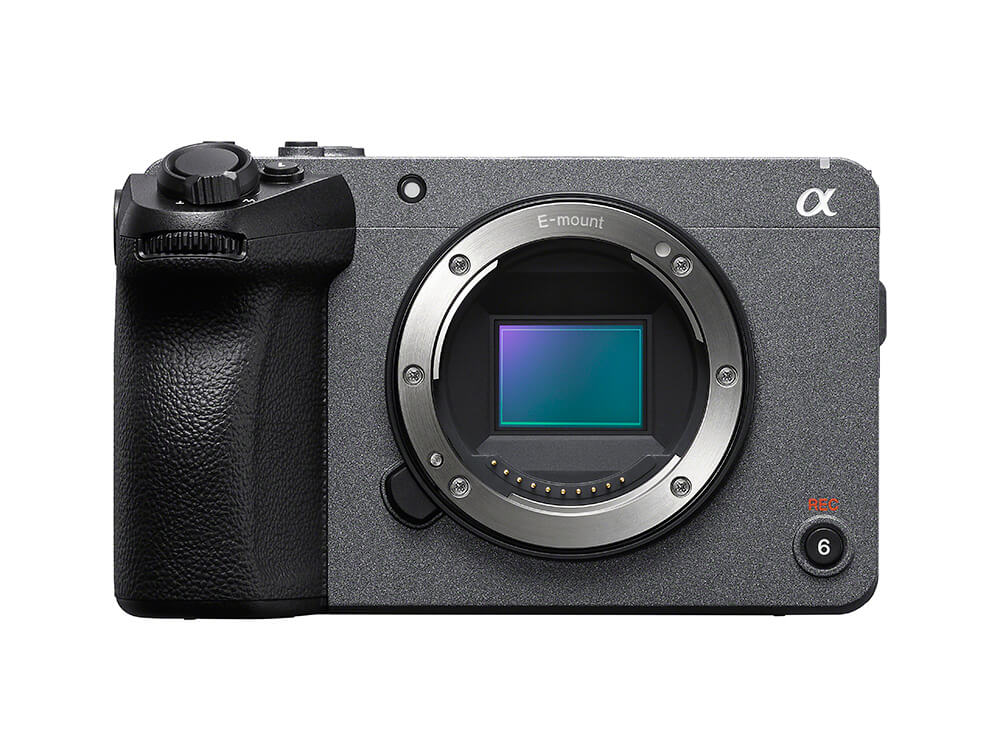
The FX30 Key Features
- A new back-illuminated 20.1 megapixels APS-C Exmor R™ CMOS sensor [Super 35 format] with a dual base ISO [800/2500] to deliver high sensitivity, low noise, and 14+ stops of latitude
- Can shoot 4K Super 35 [16:9] by oversampling from 6K at up to 60fps
- Ability to shoot in high frame rates, including 4K at 120fps and full HD at 240fps
- Both 16:9 recording modes can shoot at 10-bit 4:2:2 while an HDMI Type-A connector can be used to output 4K, 16-bit RAW to an external recorder
- Includes a selection of built-in cinematic looks, such as Sony’s S-Cinetone™, and can shoot single stills
- The FX30 features Sony’s fast and reliable autofocus, with settings including Real-time Eye AF [(human, animal, or bird], Real-time Tracking, Detailed AF settings, AF Assist
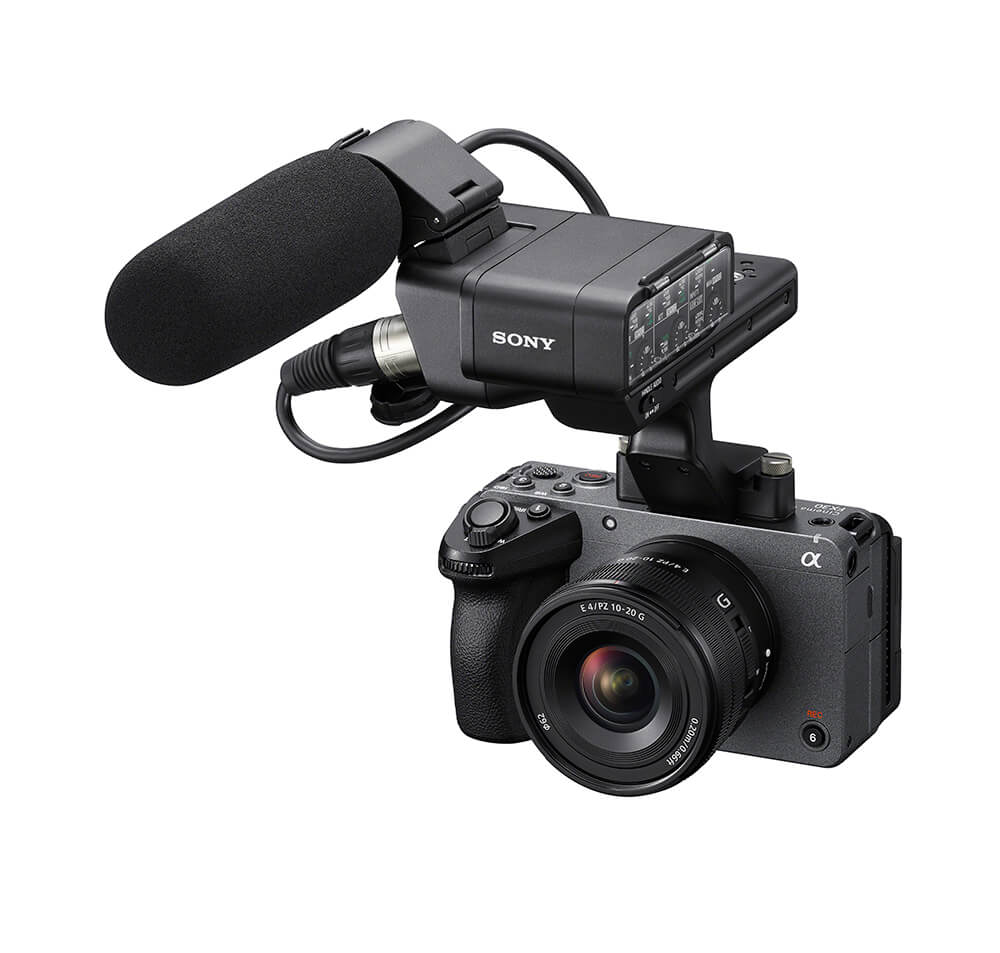
Sony FX Range Goes Super 35
Broadly like its elder sibling, the Sony FX3, the new FX30 has the same, or at least a very similar frame, with the same dimensions and packing many of the same features. Great news for those who may already be using and have cages/other accessories for the FX3 but want a less expensive B Cam. An all-new 6K back-illuminated APS-C Exmor R™ CMOS sensor packs a usable 20.1 megapixels [26.1MP total], which is double that of the FX3. This is oversampled to give users a super-sharp 4K image. In addition, the dual base ISO at 800 and 2500 produces great sensitivity, low noise, and promises 14+ stops of dynamic range when used with SLOG3. Powering the tech is the BIONZ XR processing engine, which Sony suggests will provide natural gradations and realistic colour reproduction.
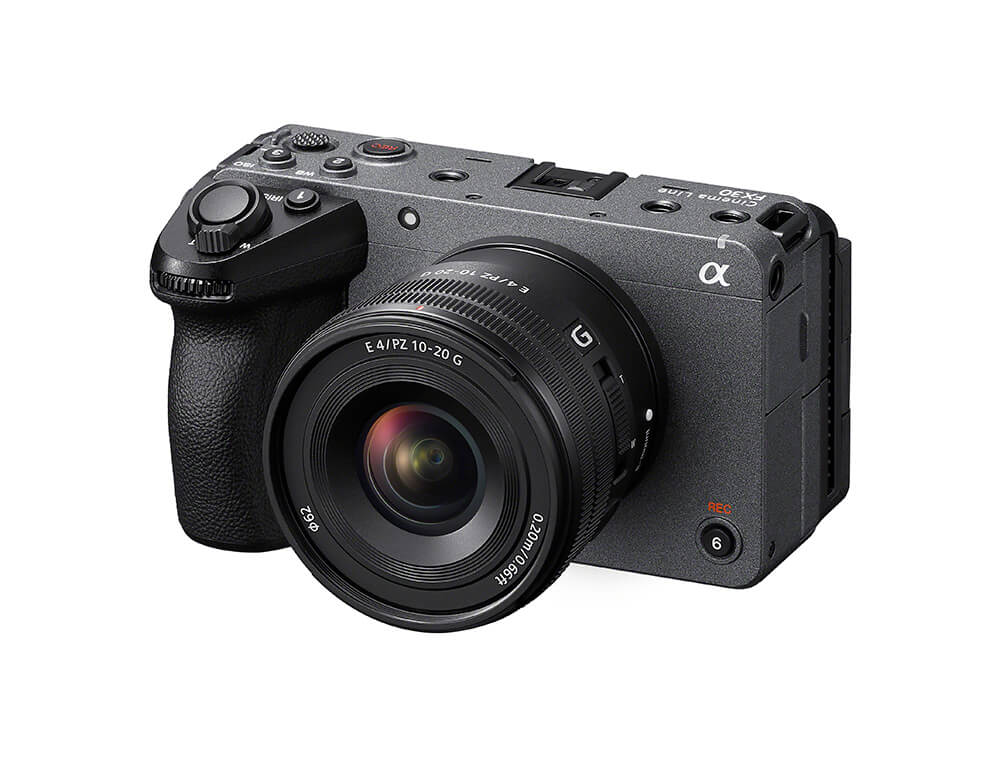
When churning out 4K footage, the Sony FX30 can produce 120fps and 240fps in HD mode, although that does mean a sacrifice image crop of 38% and either shooting in S&Q mode [slow and quick] or even an amount of processing in post. As with many of Sony’s current cameras, an HDMI Type-A port will output 16-bit RAW to an external recorder, such as the Atomos Ninja V or Ninja V+. With this in mind, it’s possible to get [up to] 59.94p and a decent selection of colour spaces along with timecode sync when using a VMC BNCM1 cable. A must for multicam productions.
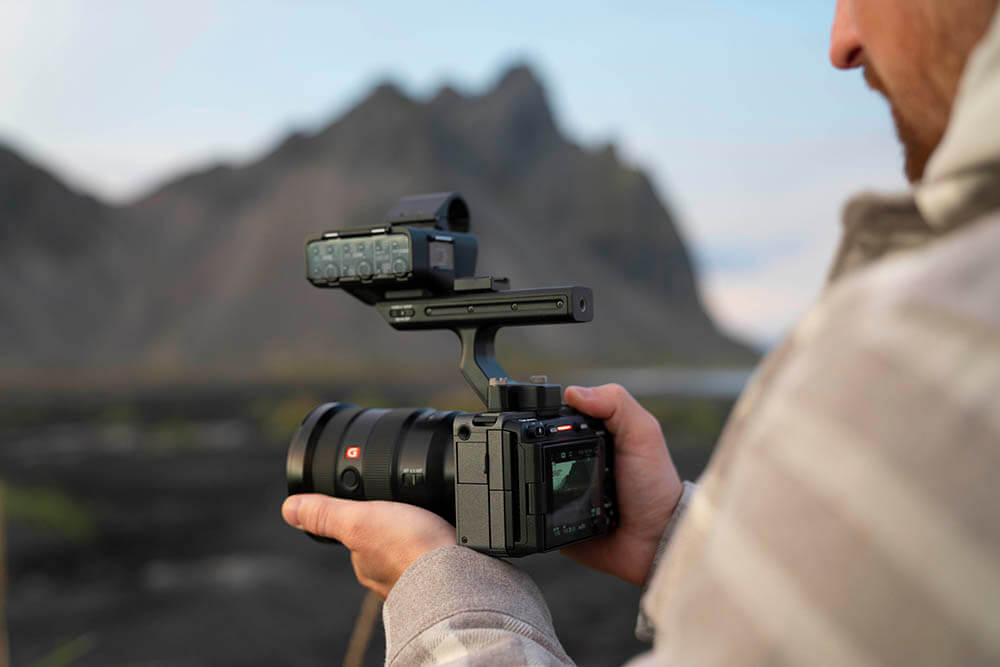
The new FX30 has a flat-top design with threaded accessory attachment points, making it easy to use for shooting handheld, capturing low-angle shots, mounting on a gimbal, or adding accessories. It also features an XLR handle unit, which can be used to shoot low-angle shots and also allows users to capture audio through various inputs, including two XLR audio inputs and a 3.5 mm stereo mini jack for 4-channel recording. External microphones can be connected directly to the camera via the Multi Interface Shoe or microphone jack. The FX30 also features an internal stereo microphone for audio recording.
The FX30 has two memory card slots that are compatible with both CFexpress Type A cards and SDXC/SDHC cards.
Pricing and Availability
The newony S FX30 will be available from late October and will land at around £2,100.
Head to Sony’s dedicated web pages for more information.



